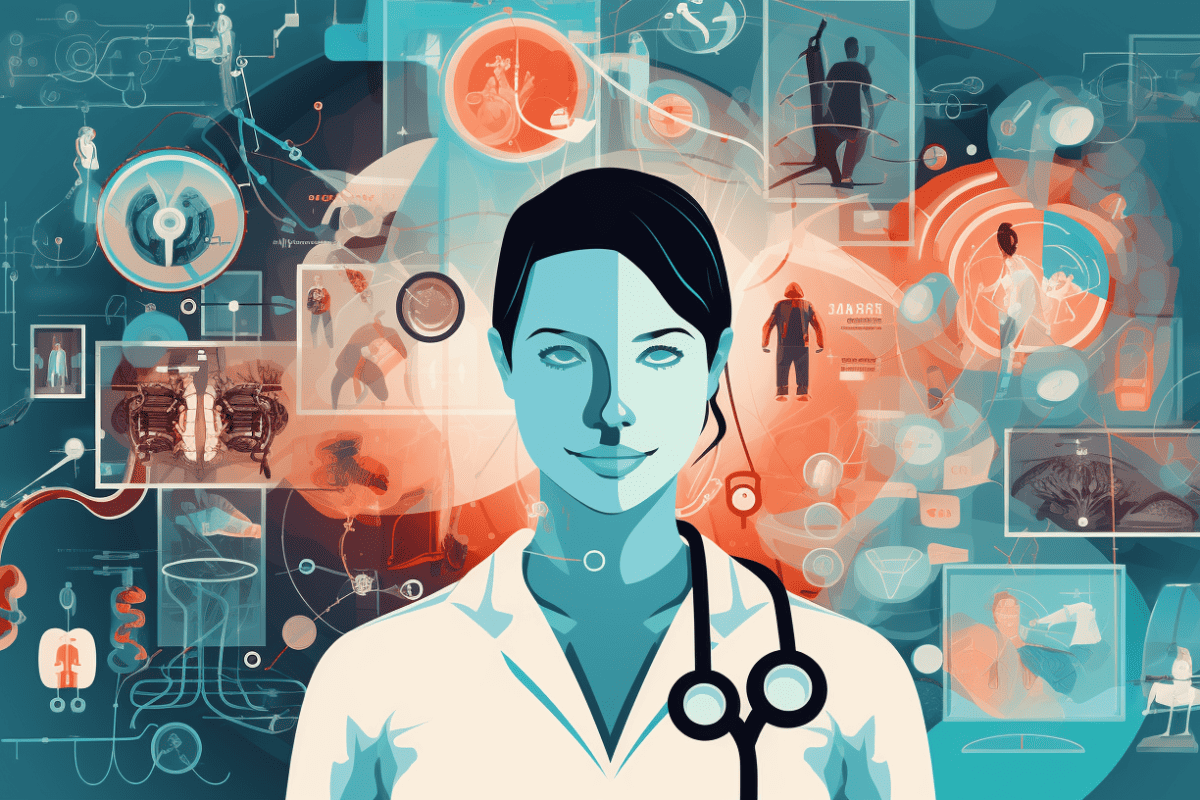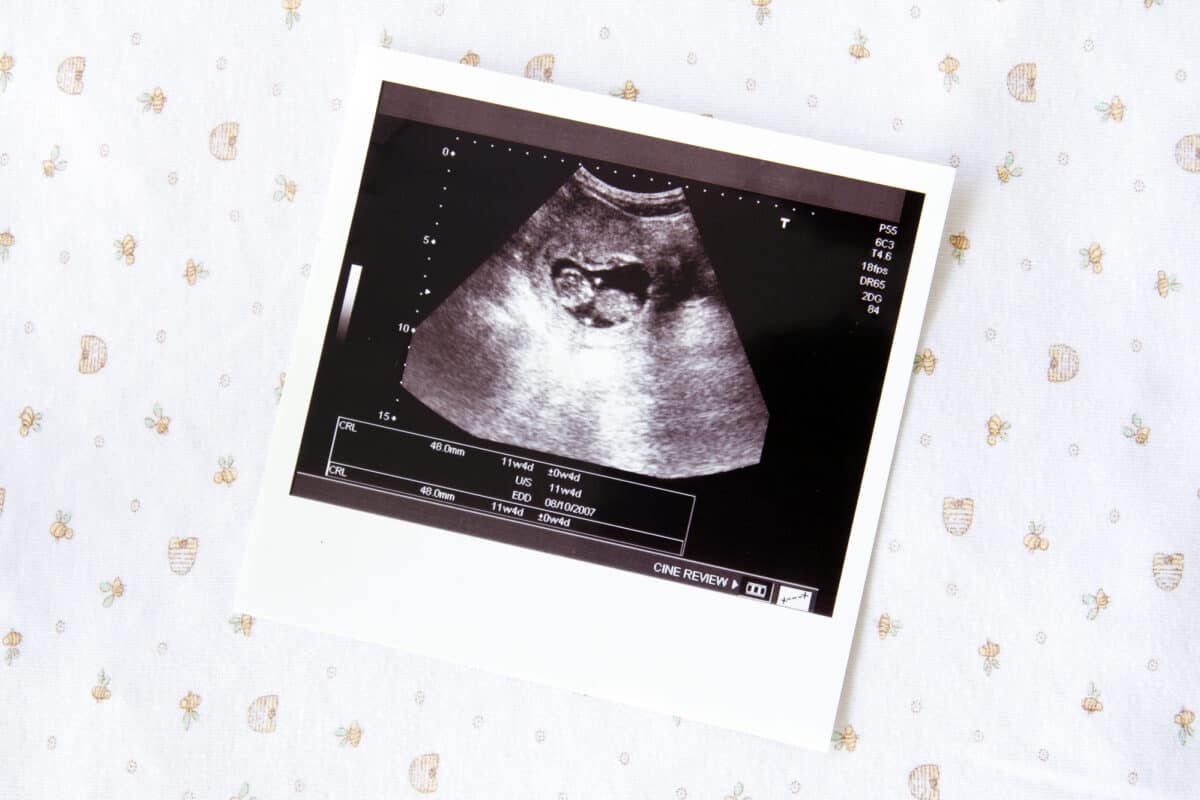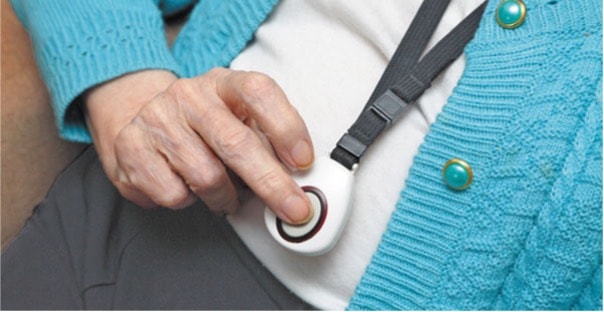In this article, we’re taking a look at the new medical devices that are being used to detect and treat brain injuries…
A brain injury can turn a victim’s world upside down and can impact every aspect of their life including employment, mobility and communication. As brain injury compensation claims in the UK result in payouts of up to £350,000, hospitals and healthcare services are relying more and more on technology to quickly identify and treat these injuries.
In this article, we’ll be looking at the new medical devices which are now being used to detect and treat brain damage and injuries.
What is a Brain Injury?
There are a few ways in which a brain injury can occur, including:
- Birth – Over three births in every 1000 in England result in some form of brain injury to the infant due to either accident or malpractice by a medical professional.
- Trauma – A traumatic brain injury is one which is caused to a person of any age by a blow to the head through violence or an incident such as a car accident.
- Illness – There are a number of illnesses which can result in a brain injury, and these include tumours and strokes.
- Sports – In recent times, a number of high-profile sporting stars have made headlines highlighting the danger of brain injury from contact sports such as football and rugby.
Brain injuries can differ widely in severity from a mild concussion which will have no lasting effects to severe brain damage resulting in disability and the need for lifelong care. When a person has suffered a severe brain injury they will often make a claim for financial compensation to pay for the ongoing care.
The New Medical Devices Being Used to Detect and Treat Brain Injuries
As with so many other parts of our lives, the medical industry is looking to technology to more effectively help those with brain injuries. In this section, we’ll take a closer look at some of the new tech that is doing just that.
Chemical Biomarkers
In the UK, brain injuries have traditionally been measured on the Glasgow Coma Scale – a process whereby clinicians judge the extent of the damage by checking if the patient can open his or her eyes, by their verbal responses and their ability to make specific movements when instructed. This can be time-consuming and, at times, a less-than-accurate method of diagnosis.
Scientists at the University of Birmingham are working on a method of diagnosis based on chemical biomarkers which they claim will be able to provide ‘on the spot’ detection of brain injury. The method will involve a technique known as surface-enhanced Raman scattering and will involve a pin-prick blood sample being taken from the patient.
This sample will then be inserted into an optofluidic chip which separates the blood plasma and subjects it to a highly specialised light source which causes the biomarker to rotate and vibrate, providing an accurate indication of the level of injury to the patient.
AI
While artificial intelligence has had its fair share of negative press in recent months, this technology is proving to be invaluable in the medical field – including the brain injury sector. The NYU Langone Health and Grossman School of Medicine have been harnessing the power of AI along with MRI (magnetic resonance imaging) to design new diagnostic tools for brain injuries.
The tools, according to the scientists, will be able to more accurately identify the changes in brain structure which occur as a result of head injury to enable doctors to diagnose and treat brain injury more quickly.
Wearable Tech
Tech company BlackBox Biometrics has developed its Liknx Impact Assessment System which is a device small enough to fit inside a headband or skull cap. The device has been created to monitor the brain activity of athletes – with and without helmets – in order to assess the way that impact in the head during a sporting activity can contribute to brain injury.
The device uses tech including microelectromechanical systems and accelerometers and is able to send real-time data to a mobile phone or device. It is hoped that this wearable tech will become standard for those playing contact sports and will allow for real-time detection of injury in order to be able to remove athletes from play immediately to seek medical treatment.
Detecting and Treating Brain Injuries
With physicians and medical employees under more pressure than ever before, technology will inevitably play a much bigger role in medical diagnosis and treatment in the future. Artificial intelligence, as a cutting-edge technology, plays a vital role in swiftly and precisely identifying brain injuries, enabling prompt treatment for patients to minimize potential damage.
As we stated earlier in this article, quick diagnosis is a crucial factor in effectively treating brain injuries and saving lives. Moreover, the introduction of new technology is expected to contribute to a decrease in negligence claims, thus freeing up additional funds for staffing, equipment, and technology investments.
Digital Health Buzz!
Digital Health Buzz! aims to be the destination of choice when it comes to what’s happening in the digital health world. We are not about news and views, but informative articles and thoughts to apply in your business.


